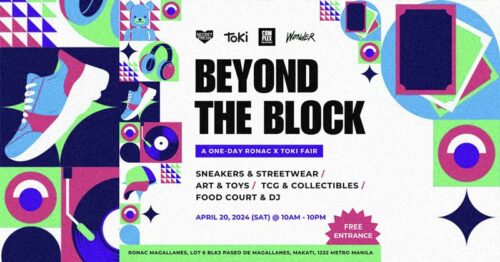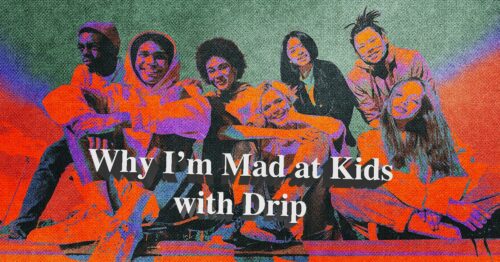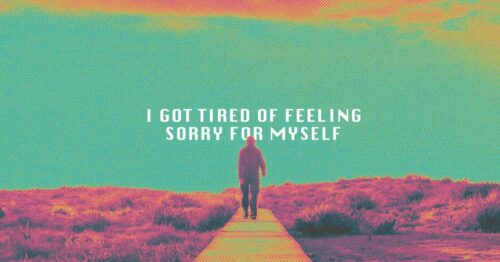Are they just “overly sensitive?” Here’s a closer look at mental health in the Gen Z Era
COVID-19 is not the only pandemic afflicting people since 2020. According to the World Health Organization, the global prevalence of anxiety and depression have increased by a whopping 25% in two years. Among the worst hit are adolescents, who have become disproportionately at-risk of developing self-harming behaviors.
Yet, many have been dismissive of this tremendous increase in mental health conditions, dubbing them “overly sensitive” or “a mind over matter thing”—why?
RELATED: The Kids Are (Not) Alright: How Gen Z Is Coping With Anxiety During a Health Crisis
A Closer Look at Mental Illness in the Gen Z Era: What the Numbers Say
Only 45% of Gen Zers currently report “good” or “excellent” mental health conditions. In comparison, older age groups, including Millennials, Gen Xers and boomers, fare better. Since the American Psychological Association reports have become public, Gen Z has become “the most depressed generation.”
What is Driving the Increase in Mental Health Problems in Younger People?
In today’s Digital Age, Gen Zers are more exposed to stress factors that negatively impact their mental health. Of the 10% to 20% of adolescents worldwide who struggle with mental health issues, those with severe conditions are likely exposed to more risk factors.
These risk factors might include:
- Compromised family functioning: family adversities might consist of parental separation, financial crises or one or more parents suffering from mental illness
- Social isolation: low levels of social support or being ostracized from friend groups
- Loss of routine: an inability to participate in school, sports or other community organization
- Pre-existing mental or neurological conditions
Adolescents who missed out on significant “firsts” during the pandemic were especially susceptible to developing feelings of anxiety and depression.
RELATED: The Waiting Game: Navigating the Pre-Graduation Life Crisis
Early Stage Mental Illness in Pop Culture
While the pandemic has played a critical role in the deterioration of mental health amongst Gen Zers, it has only amplified an already major crisis. If you haven’t heard, everyone is talking about it.
In the last few years, mental illness as a topic of discussion has become more prominent in teen shows and children’s literature. Series like Atypical and Thirteen Reasons Why have openly underscored touchy subjects like anxiety, identity crises and suicide, driving teens to finally talk about their long-censored woes.
Even early readers' books are starting their deep dive into emotional literacy, with works like Hey Warrior and Take a Breath discussing general feelings and depression.
As attitudes around parenting begin to change, so does the need to provide comprehensive emotional support to children in their developing years.
Why Do Boomers Stigmatize Mental Illness?
As proven by the recent boom in books, television shows and movies that feature adolescent experiences with mental illness, younglings are no longer shying away from the topic. However, the old and young continue to feud, with the former tending to stigmatize the latter’s mental health problems—why?
It is a common consensus among baby boomers that Gen Z is rife with “entitled” and “narcissistic” kids who “suffer from too many mental illnesses.” According to a Science Advances report, the “kids these days” bias stems from societal differences.
During the baby boomer era (roughly 1946 to 1964), mental illness was considered “hysteria,” which put sufferers at risk of being locked up in an asylum. A blatant lack of psychological studies meant that most facilities subjected patients to medical experiments like electroshock therapy and lobotomies, solitary confinement and the blanket diagnosis of “schizophrenia.”
By the 1980s, these dangerous practices forced thousands of asylums to shut down, eventually leading to the mass defunding of medical care. Promised government-subsidized mental health facilities never materialized, leaving millions of patients to fend for themselves.
The State of Mental Healthcare Today
Since the boomer generation, becoming diagnosed with a mental illness does not hold the same taboo it did before. Thanks to scientific advances, the medical field is now more accommodating of such diagnoses, and treatment is far more accessible.
Patients diagnosed with a mental illness no longer have to fear a loss of freedom, abusive treatment from healthcare providers and ostracism within social groups.
In many ways, the internet has enabled younger generations to seek help and speak about their struggles online.
What You Can Do to Help Right Now
Now that help is more accessible than ever, Gen Zers have dozens of avenues to alleviate this escalating crisis. If someone you know is struggling with their mental health, below are a few ways you can help:
- Call the crisis hotline: The National Center for Mental Health (NCMH) Crisis Hotline caters to psychiatric emergencies, suicidal thoughts and other specific mental health problems that require immediate attention.
- Consult with a clinic: Refer a friend to a mental health clinic, center, institution or foundation. ChildFam Possibilities specializes in counseling and psychotherapy for younger patients. InTouch Community Services also caters to children.
- Suggest a mental health support group: Youth support groups like the Youth for Mental Health Coalition and the Buhay Movement proactively work toward large-scale awareness-raising while providing safe spaces for young patients.
The Bottom Line
Nowadays, the mental illness crisis is nothing new—we just have better resources to address the problem. In the same thread, young people seeming too self-concerned is nothing out of the ordinary. If anything, it makes developmental sense.
Ultimately, if the goal is to destigmatize mental illness and promote treatment accessibility, it shouldn’t matter what generation you’re from. After all, Gen Zers will eventually become the next few generations’ boomers. It’s up to us to cut kids some slack.
RELATED: AC Bonifacio: A Generation in Motion
Words Zoë Isabela Alcazaren
Art Matthew Ian Fetalver


















